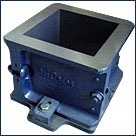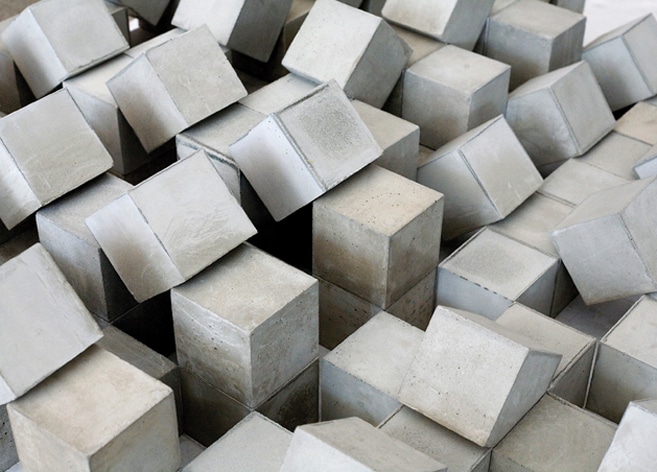Question 1.What Is Surveying?
Answer :
The profession or work of examining and recording the area and features of a piece of land so as to construct a map, plan, or detailed description of it.
Question 2. What Is A Surveyor?
Answer :
Surveyors update boundary lines and prepare sites for construction so that legal disputes are prevented. Surveyors make precise measurements to determine property boundaries. They provide data relevant to the shape and contour of the Earth's surface for engineering, map making, and construction projects.
Question 3. What Is A Property Surveyor?
Answer :
It is important, therefore, that you employ a surveyor yourself to undertake a thorough inspection of the property you wish to buy. The types of surveys available. There are two main types of structural survey available for those buying a property: a Home buyer's Report or a Full Building Survey.
Question 4. What Is A Marine Surveyor?
Answer :
A Marine surveyor (including "Yacht & Small Craft Surveyor", "Hull & Machinery Surveyor" and/or "Cargo Surveyor") is a person who conducts inspections, surveys or examinations of marine vessels to assess, monitor and report on their condition and the products on them, as well as inspects damage caused to both vessels .





